Islamic Calligraphy on Mediaeval India Coins
The book starts with an introduction of the coins minted in the Sind region of the Indian subcontinent. These were minted by the two authorities, Arab governors of Umayyad Caliphs and the Amirs of Sind, who instructed the inscription of the Kalimawith their name in Kufic script. This style of inscription continued until Iltutmish, who legitimized his rule by implementing the name of The Abbasid Caliphate and Hijri year with the mint. Iltutmish is also credited with the introduction of Naskhi script and minting bilingual coins.
The latter chapters deal with the Mughal and Successor state coins. The Mughal period developed the Nastaliq calligraphy towards perfection and also attention was paid to floral and geometric designs. The successor states like the Hyderabad and Peshwas carried on with the Mughal type Islamic coinage.
The book ends with a brief conclusion with reference to the British takeover and their carrying forward the Mughal Coins and later on developing their coinage, which is a whole new topic. This book is well researched, easy to read and with pictorial references, it makes the reader to have a graphical representation of the coins.
Get it now and save 10%
BECOME A MEMBER

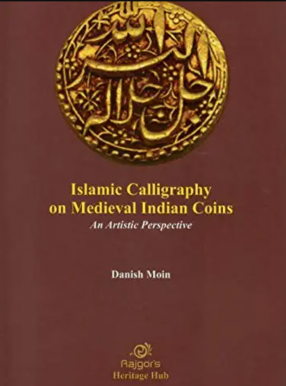
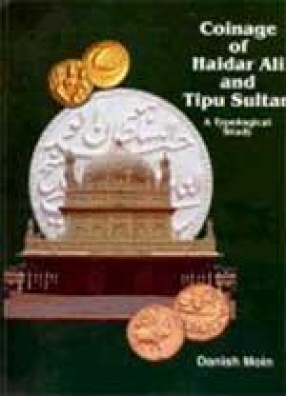

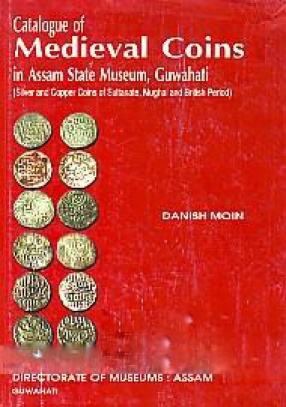
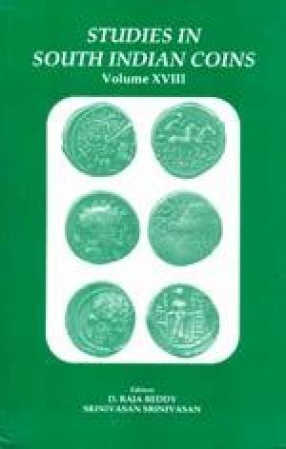
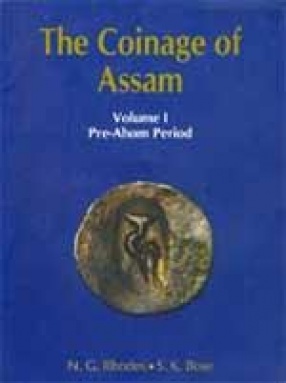
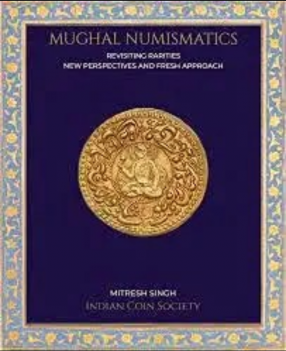
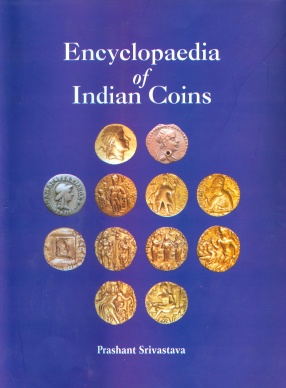

Bibliographic information